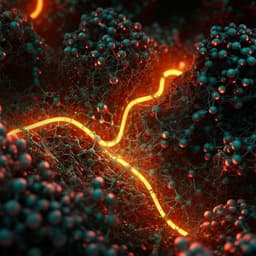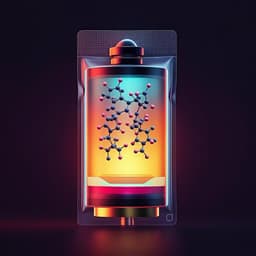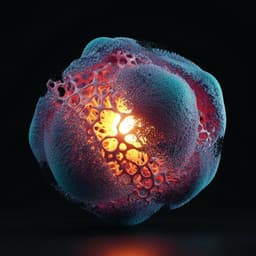
Engineering and Technology
Room temperature all-solid-state lithium batteries based on a soluble organic cage ionic conductor
J. Li, J. Qi, et al.
Discover how a pioneering class of porous organic cages is revolutionizing solid-state lithium batteries by creating effective ionic conduction pathways. This groundbreaking research conducted by Jing Li, Jizhen Qi, Feng Jin, and others, showcases a novel catholyte that enhances the performance of batteries at room temperature, propelling the future of energy storage.
~3 min • Beginner • English
Related Publications
Explore these studies to deepen your understanding of the subject.







